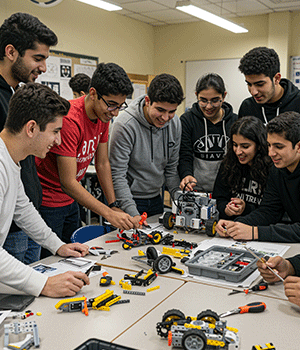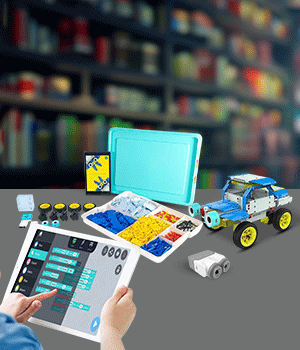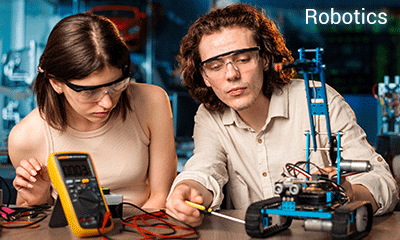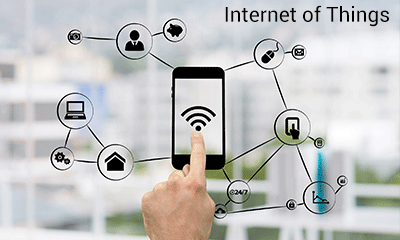

The Future of Robotics
Transforming Industries and Shaping the Future of Technology
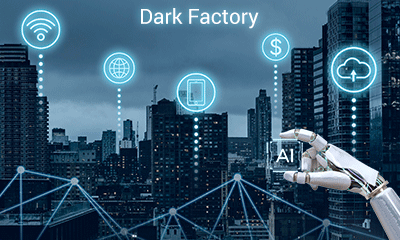
Robotics is no longer a concept of the distant future. With advancements in artificial intelligence (AI), automation, and machine learning, robots are increasingly becoming integral to our daily lives and industries. From enhancing manufacturing processes to revolutionizing healthcare, applications in daily life, the impact of robotics is profound and growing rapidly. In this blog, we will explore the exciting world of robotics, how it’s shaping various industries, and what the future holds for robotics technology.
What is Robotics?
At its core, robotics is the branch of technology that deals with the design, construction, operation, and use of robots. Robots are programmable machines that can carry out tasks autonomously or semi-autonomously. They have applications across various sectors, from manufacturing and healthcare to agriculture, education, and even space exploration.
Why is Robotics Important?
Robots bring efficiency, precision, and reliability to tasks that are otherwise time-consuming, dangerous, or repetitive. They enhance productivity and safety in industries like automotive manufacturing, logistics, and electronics. Moreover, the use of robotics in healthcare has paved the way for robotic surgery, enabling more accurate, minimally invasive procedures that reduce recovery times and improve patient outcomes.
Manufacturing has long been a leader in adopting robotics to streamline production processes. Robotic arms, automated conveyors, and autonomous vehicles (AGVs) have transformed factories worldwide. Automation in manufacturing has led to significant cost reductions, increased output, and improved quality control. Robotics and automation are the driving forces behind smart factories, where AI, the Internet of Things (IoT), and cloud computing converge to create efficient, scalable production lines.
The healthcare industry has experienced remarkable advancements due to robotics. Robotic surgery systems, such as the da Vinci Surgical System, allow surgeons to perform minimally invasive procedures with greater precision. Additionally, robots assist in rehabilitation therapy, provide elderly care, and enable remote patient monitoring. With continuous innovation, robotics in healthcare is improving patient care, reducing risks, and optimizing medical procedures
The Role of Artificial Intelligence in Robotics
Artificial Intelligence (AI) is the driving force behind the next generation of robots. By integrating AI into robots, machines can learn from their environments, adapt to changes, and make decisions autonomously. AI-powered robots are already being used in warehouses to manage inventory, in autonomous vehicles to drive safely, and in personal assistants like robots for home automation. The combination of robotics and AI is unlocking limitless possibilities, from smart homes and cities to space exploration.
The Future of Robotics: Trends and Innovations
- Collaborative Robots (Cobots) – Unlike traditional robots that work in isolation, cobots are designed to work alongside humans in shared environments. Cobots are expected to revolutionize industries by making robots more accessible and user-friendly for small and medium businesses.
-
Autonomous Vehicles – Self-driving cars and drones are the
most visible examples of how robotics is reshaping
transportation. With AI and robotics combined, autonomous
vehicles can reduce traffic accidents, improve
transportation efficiency, and revolutionize logistics.
-
Robotics in Space Exploration – Robotics is playing a
crucial role in space missions, from exploring distant
planets to maintaining spacecraft. Robotic rovers and
robotic arms are essential tools in NASA's missions, as
they assist in gathering data and performing tasks in
environments too dangerous for humans.
-
Robotics in Agriculture – Robotics is making waves in the
agricultural industry with automated machines that can
plant, water, and harvest crops. These robots can improve
crop yield, reduce the need for manual labor, and minimize
the use of pesticides, contributing to more sustainable
farming practices.
Challenges in AI and Robotics
While robotics promises numerous benefits, several challenges need to be addressed. High development costs, technical limitations, and ethical concerns around job displacement and safety need to be carefully managed. Additionally, ensuring the security of AI-powered robots and preventing their misuse is essential as robots become more autonomous.
Conclusion
Robotics is undeniably changing the world, and its impact will continue to grow in the coming years. From improving efficiency in industries to transforming healthcare and education, the potential of robotics is limitless. As we continue to integrate AI, machine learning, and automation into robotics, we are only scratching the surface of what’s possible. Embracing the future of robotics opens up exciting possibilities for businesses, individuals, and society as a whole.
Stay tuned for more innovations in the world of AI and robotics – we are only just beginning to unlock its full potential!
